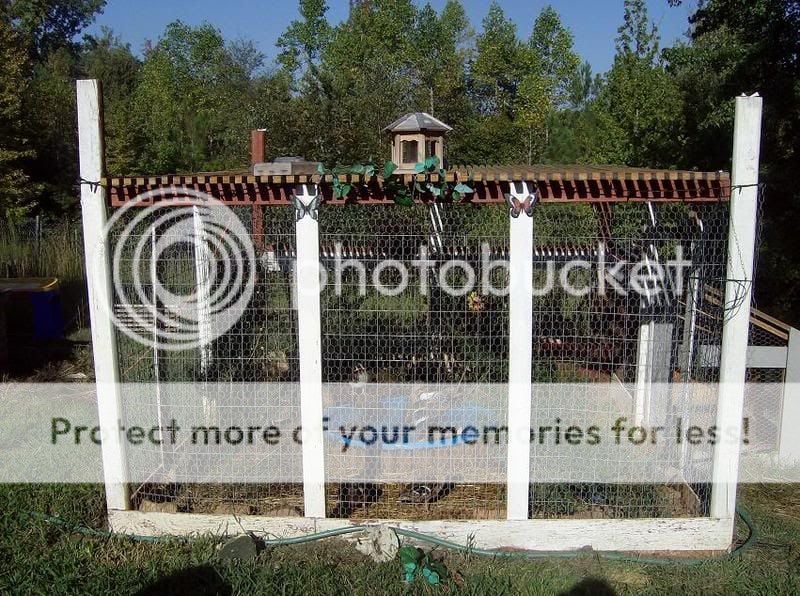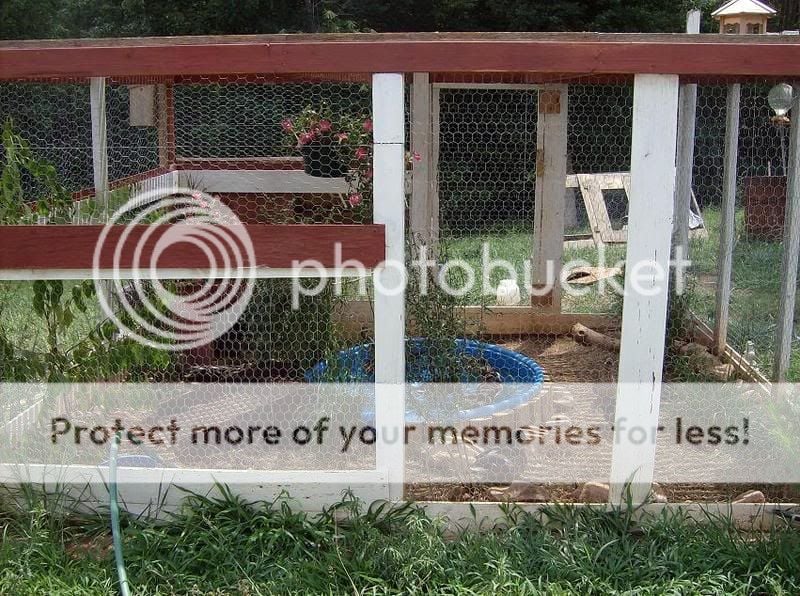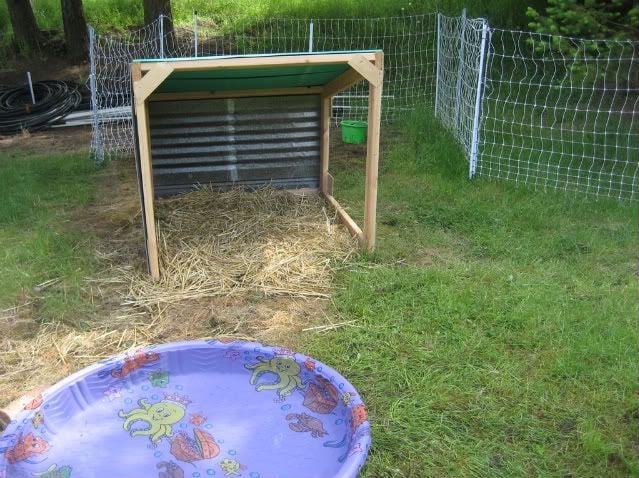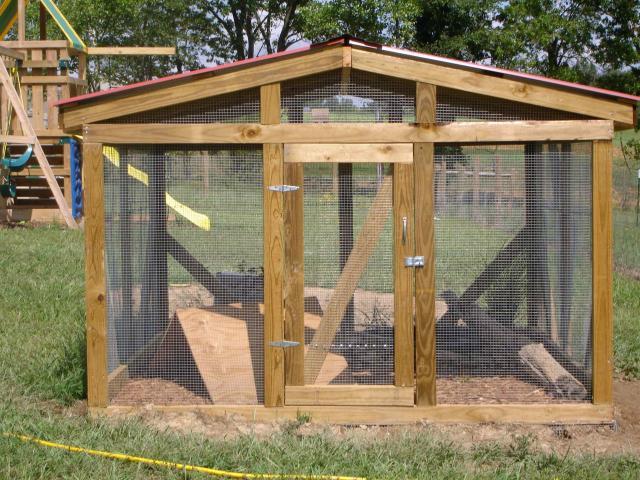- May 14, 2008
- 957
- 11
- 151
I see so many chicken coops here but no pictures of duck housing.
Please post pictures of your ducks in their housing. I need some ideas please.

Please post pictures of your ducks in their housing. I need some ideas please.











